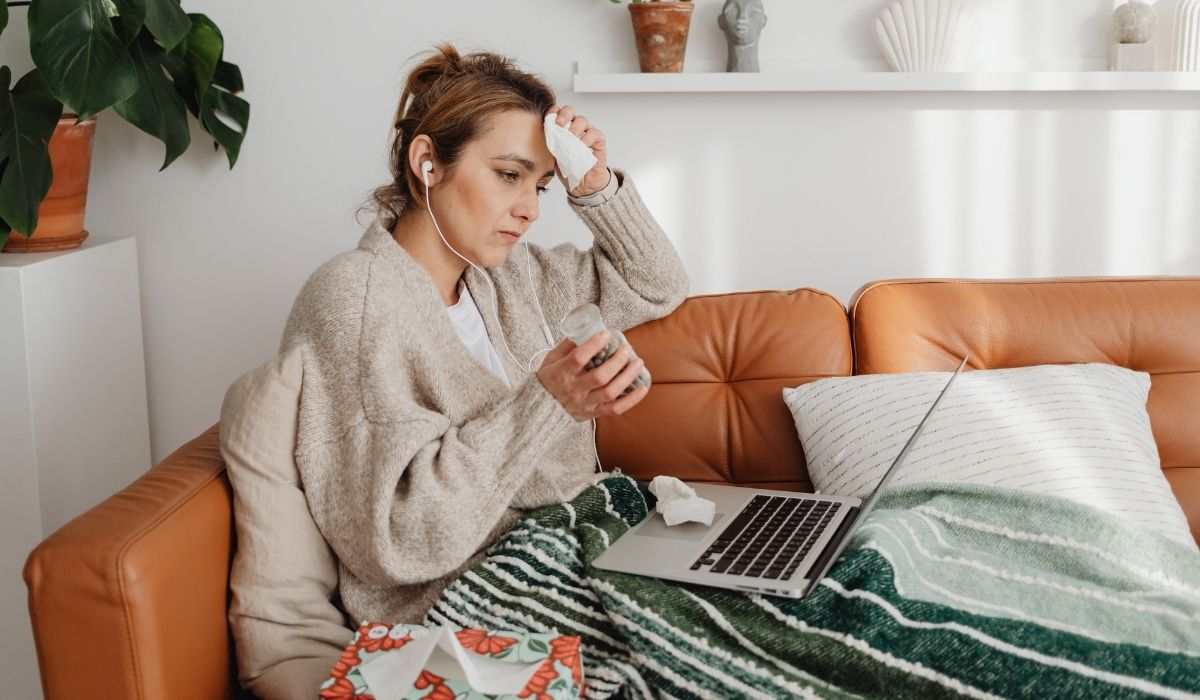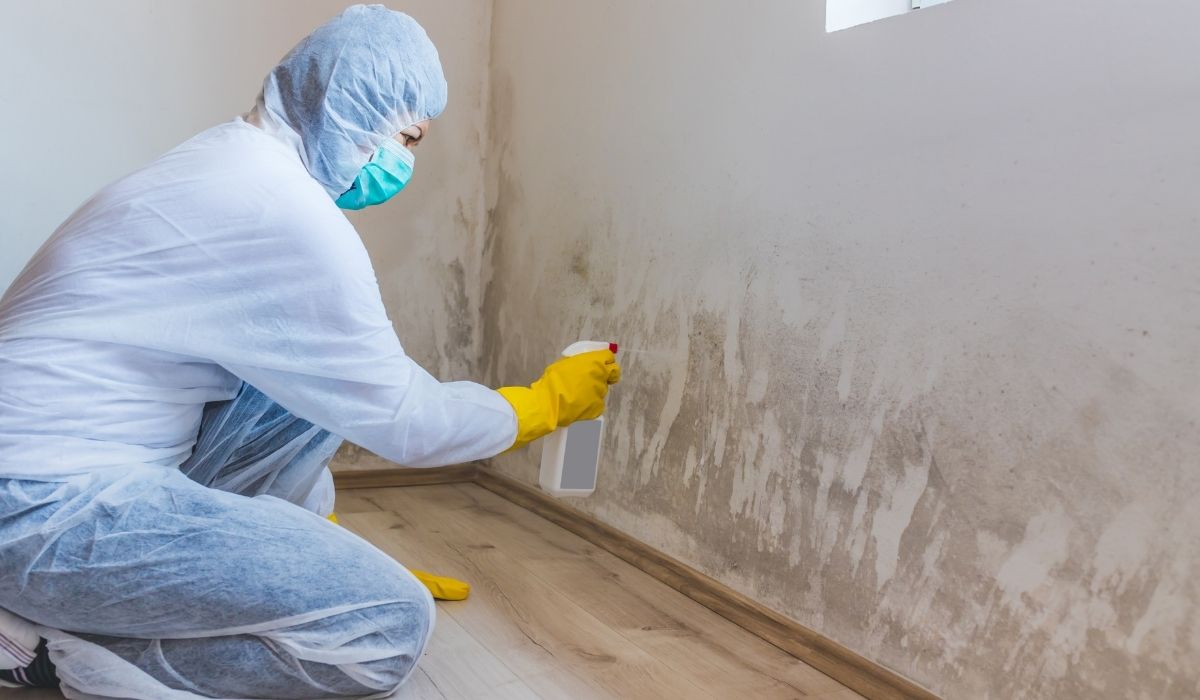How Do You Know if Mold Is Behind Walls or Floors?
Mold is sneaky. Sometimes it grows in places you can see, like on a shower wall or near a sink. Other times, mold hides behind walls or under floors where you can’t see it. This hidden mold can cause big problems for your home and your health. But how do you know if it’s there? Let’s break it down in simple steps. Reviewed by Preferred Restoration.
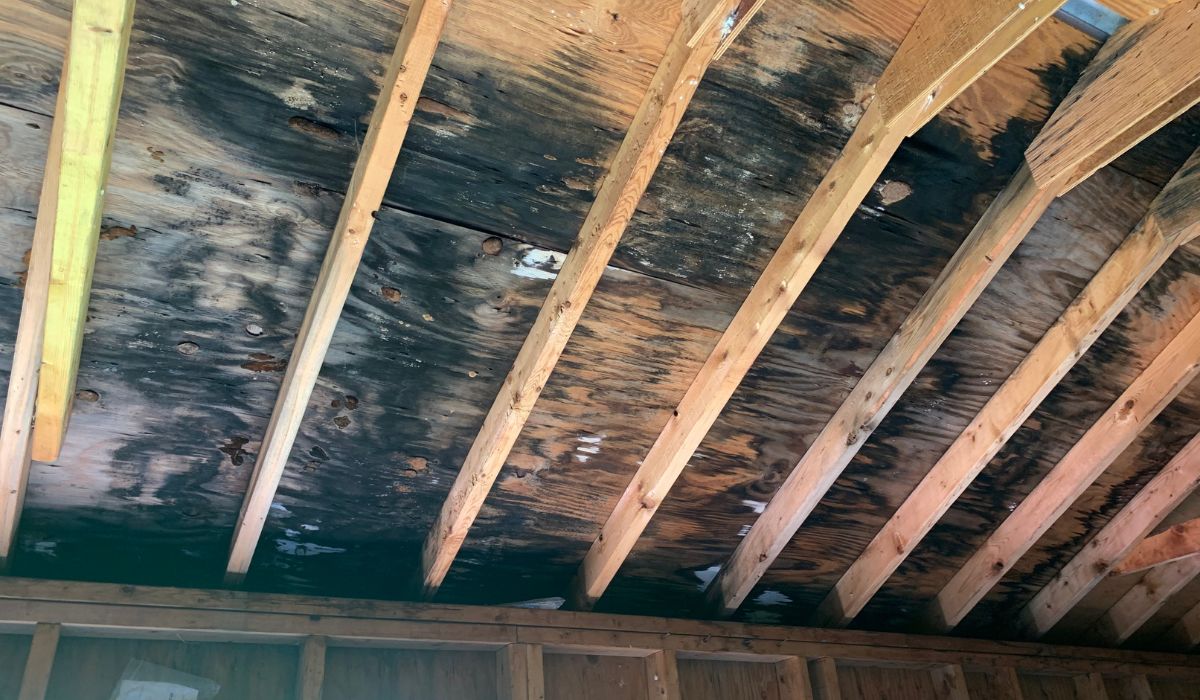
Why Mold Grows in Hidden Places
Water and Moisture Problems
Mold needs water to grow. If you have a leak in your plumbing, a roof drip, or water from a flood, moisture can sneak inside your walls or under your floors. Over time, this wet area becomes a perfect home for fungus.
High Humidity and Condensation
When your home has high humidity, or when cold air meets warm air and causes condensation, mold can start to spread. Rooms like the bathroom, kitchen, laundry room, or basement often have higher moisture levels.
Poor Ventilation
Without good ventilation, airflow gets trapped. That makes rooms damp, which is another reason mold grows behind walls and under floors.
Common Signs of Hidden Mold
Musty Odor and Your Sense of Smell
Your human nose is one of the best tools for finding mold. If you smell a strong, musty odor near a closet, crawl space, or duct, mold may be hiding inside.
Stains, Paint, and Grout Changes
Look closely at walls, ceilings, or tile grout. Mold can cause paint to bubble, change color, or peel. Even if your human eye can’t see mold directly, these stains may point to a hidden problem.
Water Damage and Leaks
Any water damage should be taken seriously. A leaky toilet, sink, or refrigerator line can drip into hidden areas. If you’ve had a flood or burst pipe, mold might already be growing inside your home.
Health and Allergy Symptoms
Mold affects indoor air quality. Breathing in mold spores may lead to:
- Nasal congestion
- Asthma flare-ups
- Allergy irritation
- Skin or eye problems
- Fatigue or trouble breathing
If your family feels sick more often at home, hidden mold could be the cause.
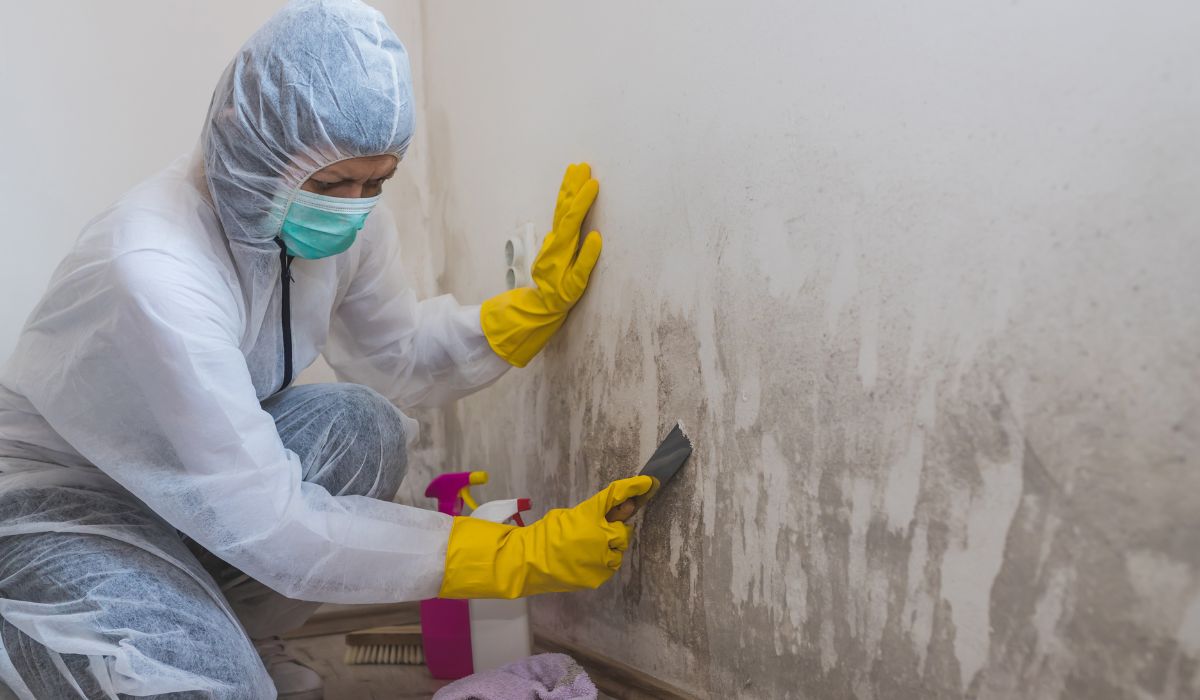
Hidden Mold Hot Spots in the Home
Behind Walls
Moisture often gets trapped inside walls. Hidden mold can grow where you can’t see it, especially near windows, chimneys, or plumbing lines.
Under Floors and Carpets
A damp carpet, tile, or wood floor can hide mold underneath. Water can seep into the subfloor and spread across a large area.
In the Basement or Crawl Space
These areas often have poor airflow, high humidity, and damp soil. Mold in these spaces can spread up into the home.
In the Attic
A leaky roof or blocked ventilation can cause mold to grow in your attic. Insulation and wood beams may hide fungus that’s hard to detect.
Around Bathrooms and Kitchens
Mold loves places with running water. Showers, toilets, sinks, and refrigerators are common spots. Even the laundry room can have hidden mold near the washing machine.
Tools and Tests to Spot Hidden Mold
Moisture Meter and Hygrometer
An expert or inspector may use a moisture meter or hygrometer to measure dampness inside walls or floors. If the reading is high, there may be hidden mold.
Infrared Camera
Infrared cameras show cool or damp spots in your walls and ceilings. This helps find water leaks that feed mold.
Mold Inspection
A professional mold inspection can confirm if you have a mold problem. They use tools that the average human eye cannot.
Air Testing
Testing your indoor air quality can show if spores are floating around. High spore counts mean hidden mold may be inside walls or under floors.
Dangers of Hidden Mold
Health Hazards
Mold can harm your lungs and cause breathing issues. Some types, like Stachybotrys chartarum (also called black mold), produce mycotoxins that can cause disease, asthma, or other serious health problems.
Damage to Your Home
Mold weakens wood, drywall, and paint. It can spread under tile, into carpet, and even onto upholstery. Left untreated, you may need costly restoration or even a full water damage restoration project.

Steps to Check for Mold Yourself
Use Your Nose and Eyes
Smell for musty odors. Look for bubbling paint, dark spots, or damp grout.
Check Damp Areas
Inspect near the shower, toilet, sink, laundry, or attic. These spots often hide moisture.
Test Humidity Levels
Use a dehumidifier if your home feels damp. A hygrometer can help track indoor humidity.
Be Careful With Bleach
While many people try to clean mold with bleach, it doesn’t always solve hidden problems. Bleach may only kill surface mold but leave spores behind.
Why You Need Professional Mold Remediation
Expert Knowledge
An inspector or expert knows how to find mold inside walls and under floors. They have tools and training to spot what the human nose or human eye may miss.
Proper Safety Gear
Professionals use personal protective equipment like masks, gloves, and HEPA filters to keep spores from spreading.
Mold Removal and Restoration
A mold remediation team can handle mold removal safely. They also repair damage and restore your home to normal.
Long-Term Prevention
Experts fix the cause of the problem—whether it’s plumbing, ventilation, or a roof leak. This helps keep mold from coming back.
How to Prevent Hidden Mold
- Keep indoor air quality healthy with good ventilation.
- Use a dehumidifier in damp rooms.
- Fix any leak or plumbing issue quickly.
- Clean bathroom grout and kitchen tile often.
- Make sure your air conditioning and ducts are clean.
- After a flood, get a full home inspection to check for hidden damage.
When to Call for Help
Call for a professional mold inspection if:
- You smell a musty odor but can’t find the source.
- Your family has ongoing allergy, asthma, or fatigue issues.
- You see stains, bubbling paint, or warped flooring.
- You’ve had water damage or a recent flood.
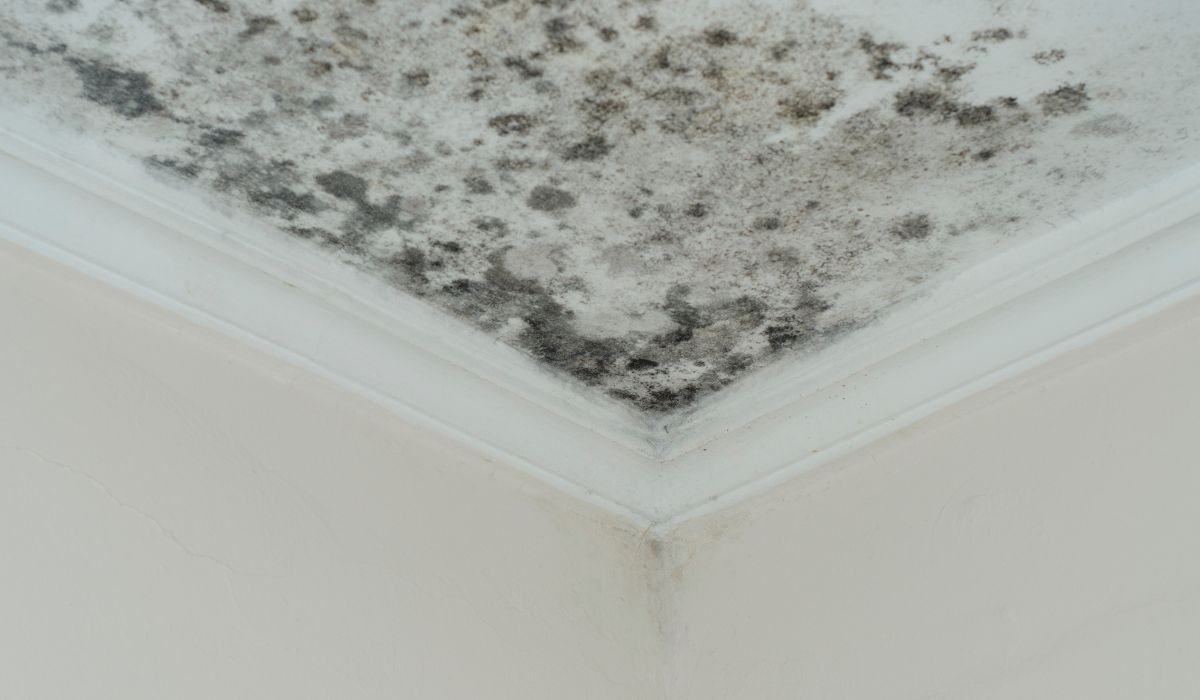
FAQs About Hidden Mold
How do you test for mold inside walls?
Experts use tools like a moisture meter, infrared cameras, and air testing to check for mold inside walls.
What health issues come from hidden mold?
Mold can cause allergy problems, asthma, nasal congestion, skin irritation, eye issues, and even lung disease from long-term exposure.
Can I remove mold myself with bleach?
You can try bleach on small surface spots, but it won’t remove hidden spores. For inside walls or under floors, you need mold remediation experts.
What does hidden mold smell like?
Hidden mold usually smells musty or earthy. If your sense of smell picks up a strong odor in one spot, mold may be nearby.
How do professionals remove hidden mold?
A mold remediation team uses HEPA filters, safe cleaning, and full restoration steps to remove mold and stop it from coming back. Contact us today for more information or contact your local emergency number.


